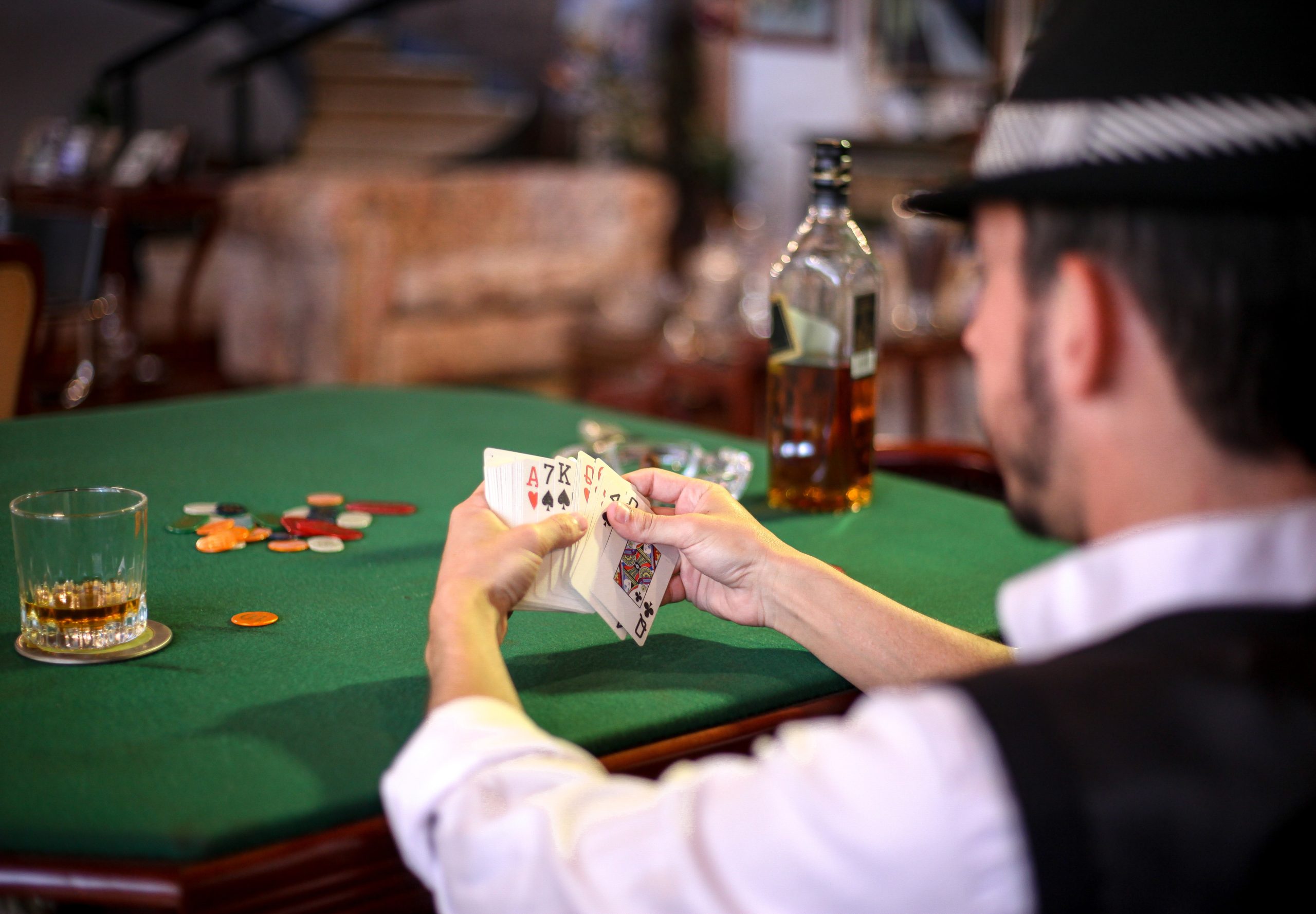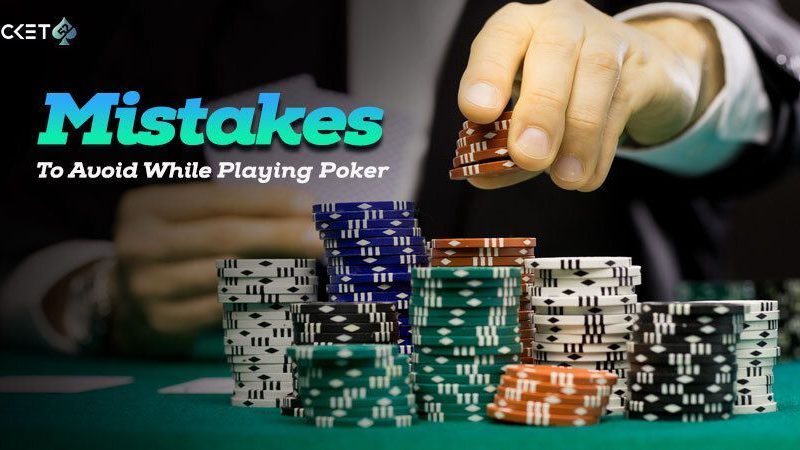When it comes to playing poker, bluffing and betting techniques are crucial skills that can make or break a player’s success at the table. Whether you’re a beginner or an experienced player, knowing how to effectively bluff and make strategic bets can give you the edge you need to win big. In this article, we’ll discuss some of the best bluffing and betting techniques that every poker player should have in their arsenal.
Understanding Bluffing in Poker
Bluffing is a fundamental aspect of poker that involves making opponents believe that you have a better hand than you actually do. The key to successful bluffing is to make your opponents second-guess their own hands and make mistakes in their decision-making process. The art of bluffing requires a good understanding of your opponents’ playing styles and tendencies, as well as the ability to read their body language and reactions at the table.
Types of Bluffs
There are several types of bluffing techniques that can be used in poker, including:
Semi-Bluffing: This involves betting or raising with a hand that has the potential to improve on future streets. It can be a powerful strategy that puts pressure on your opponents while also giving you the chance to hit a strong hand.
Pure Bluffing: This involves betting or raising with a weak or mediocre hand with no chance of improving. Pure bluffs are high-risk, high-reward plays that can be effective when used sparingly and strategically.
Stone-Cold Bluffing: This involves betting or raising with absolutely nothing, relying solely on your ability to read your opponents and convince them that you have a strong hand. Stone-cold bluffs are risky moves that should only be attempted against skilled opponents.
Effective Betting Techniques
In addition to bluffing, knowing when and how to make strategic bets is essential for success in poker. Your betting patterns and sizing can reveal a lot about the strength of your hand and give your opponents valuable information to make their decisions. Here are some key betting techniques to keep in mind:
Bet Sizing
The size of your bets should reflect the strength of your hand and your overall strategy. Small bets can be used to extract value from weaker hands, while larger bets can be used to put pressure on your opponents and protect your strong hands. By varying your bet sizes and keeping your opponents guessing, you can control the pace of the game and maximize your winnings.
Value Betting
Value betting involves making bets with the intention of getting called by worse hands. It requires a good understanding of your opponents’ ranges and the ability to accurately assess the strength of your own hand. By making well-timed value bets, you can increase your overall win rate and build your chip stack over time.
Bluffing with a Purpose
When bluffing, it’s important to have a clear objective in mind and a plan for how you will proceed if your bluff is called. Bluffing without a purpose can lead to unnecessary losses and put you at a disadvantage against observant opponents. By bluffing with a purpose and knowing when to pull the trigger, you can keep your opponents on their toes and maintain control of the game.
Conclusion
Bluffing and betting techniques are essential skills that every poker player should master in order to succeed at the table. By understanding the different types of bluffs, mastering effective betting techniques, and staying one step ahead of your opponents, you can gain a competitive edge and increase your chances of winning big. Remember, practice makes perfect, so don’t be afraid to experiment with different strategies and see what works best for you. Good luck at the tables!


